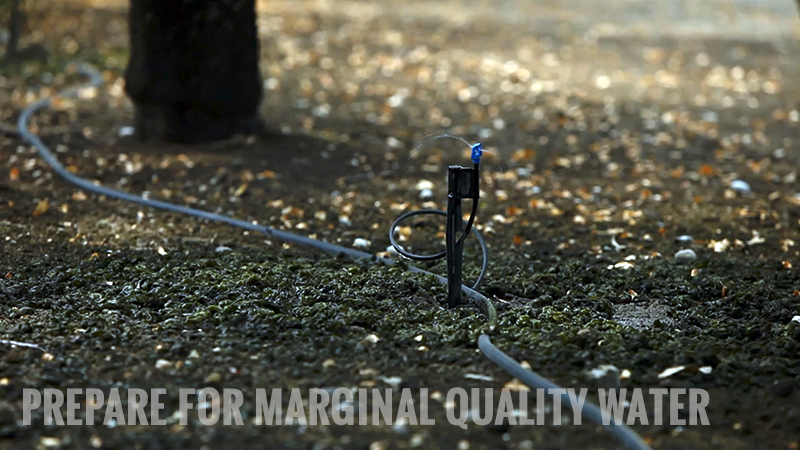Zebra Chip: End Of The Season Report
I am writing this article while attending the SCRI (Specialty Crop Research Initiative) reporting session on the zebra chip disease of potatoes that is being held this year in San Antonio, TX. More than 130 scientists from across the U.S. and three other countries are in attendance. This is a great meeting for me to get up-to-date information on the latest research on this new disease.
Zebra chip disease made its first appearance in the southern U.S. back in 2000 and very quickly became a serious problem, especially in the chipping
potato industry. The name “zebra chip” is very descriptive but somewhat misleading, as the disease has the potential to affect all areas of potato production, with the fry and fresh potato industries also vulnerable. In late 2011, the disease was unexpectedly found in the huge potato production regions of Washington, Oregon, and, just a few weeks later, in central Idaho.
SCRI Zebra Chip Project
The advent of this disease was one of those rare occasions when the industry was invaded by something totally new. As a result, research efforts were necessary to map out the basic biology of the disease as well as the most efficient and effective methods for management. The SCRI zebra chip project was the result. Consisting of more than 25 principal investigators from a dozen states, the project seeks to investigate all aspects of this new pest.
The zebra chip disease is caused by a bacterium (“Candidatus Liberibacter solanacearum”) which is vectored by the potato-tomato psyllid, an insect which is turning out to be a lot more common than previously thought. While a great deal has been learned in the past three years, a great deal more remains to be puzzled out. One aspect of the disease that makes investigation difficult is the fact that it generally moves from plant to plant and field to field through the actions of the psyllid vector. This means that research efforts must concentrate on a far more complex set of parameters than usual. The SCRI project seeks to gather information on host, pathogen and vector biology, and behavior, as well as the complex
interactions between all three.
The much earlier than expected occurrence of the disease in central Idaho this past season came as a surprise to everyone and has us all scratching our heads about such basics as vector-pathogen winter survival and the possible occurrence of alternative or reservoir weed hosts. We won’t know the actual amount of damage to the crop out here in the Pacific Northwest (PNW) until we get further into the storage season, but the prognosis right now doesn’t look too bad.
The PNW experience this year looks to have been somewhat different than that of the South Central production areas. Fortunately, much of the information gained concerning management in the South Central area translated well into the PNW and many of our Washington, Oregon, and Idaho growers were armed with the best information available on what methods to use and when to use them.
Last year we were asking the question: Is zebra chip disease going to be an occasional minor nuisance out here in the PNW or a significant problem that needs to be dealt with from here on out? We still don’t have the answer to this question, but this year’s experience taught us one thing: This new disease has still got some surprises in store for us!
The SCRI Zebra Chip Project invites you to check out the website (http://
zebrachipscri.tamu.edu/) where you can find an abundance of photos, management recommendations, and other important information about this new disease.










